

EASTER ORDERS ARE CLOSED!
Wishing everyone a Happy Easter


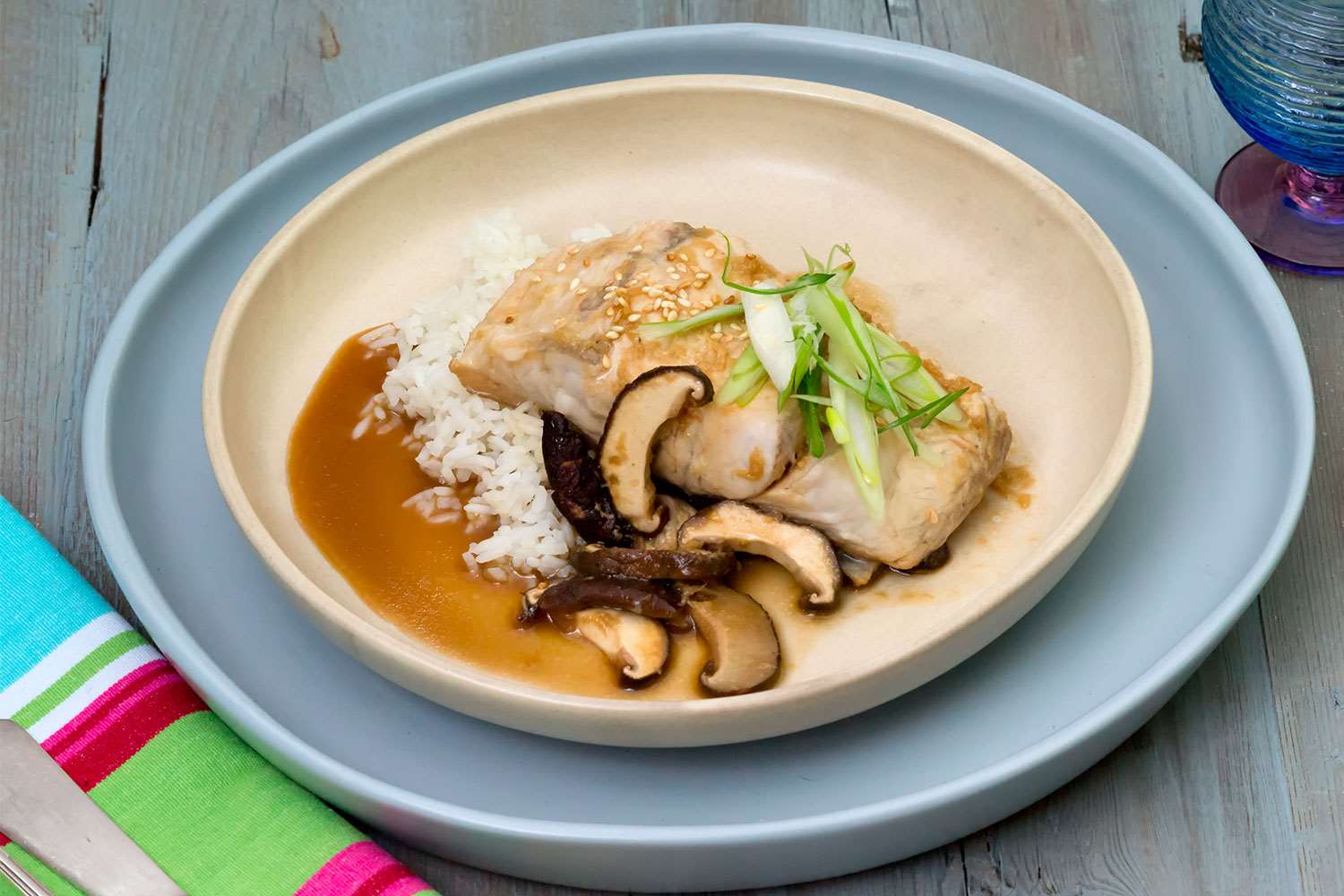
Steamed barramundi fillets with lime, ginger and shiitake: Get to know barramundi with this easy-to-cook dish!
Australians love barramundi. Apart from being a fine-tasting seafood, it’s also a favourite among sport fishers. The word itself has aboriginal origins, which highlights its cultural significance. If you’re one of those who haven’t tried eating barramundi or simply want to learn more about it, this one’s for you.
Also known as Asian sea bass or giant sea perch, barramundi has been a prized catch for centuries. This white-fleshed fish has a mild, slightly sweet flavour that can rival more popular fish options like salmon. It offers half the calories of salmon but is rich in lean protein and omega-3 fatty acids.
The barramundi, with its scientific name Lates calcarifer, belongs to the family Latidae in the order Perciformes. This puts it in the same league as other popular sports and table fish like sea bass and grouper.
As mentioned earlier, barramundi is an aboriginal word. It originates from the Australian Aboriginal language, which means large-scale river fish.
Barramundi are truly impressive fish. They can grow up to 1.8 metres (almost 6 feet) in length and weigh a hefty 60 kg (130 lb), though these larger specimens are uncommon. The average size you’ll encounter at the fishmonger or restaurant is likely to be around 0.6 to 1.2 metres (2 to 4 feet) long.
One of their most striking features is their large, silvery scales, which can take on a slightly darker or lighter hue depending on their environment. Barramundi also have a distinctive head shape with a prominent upper jaw and sharp canine teeth, perfect for catching their prey.
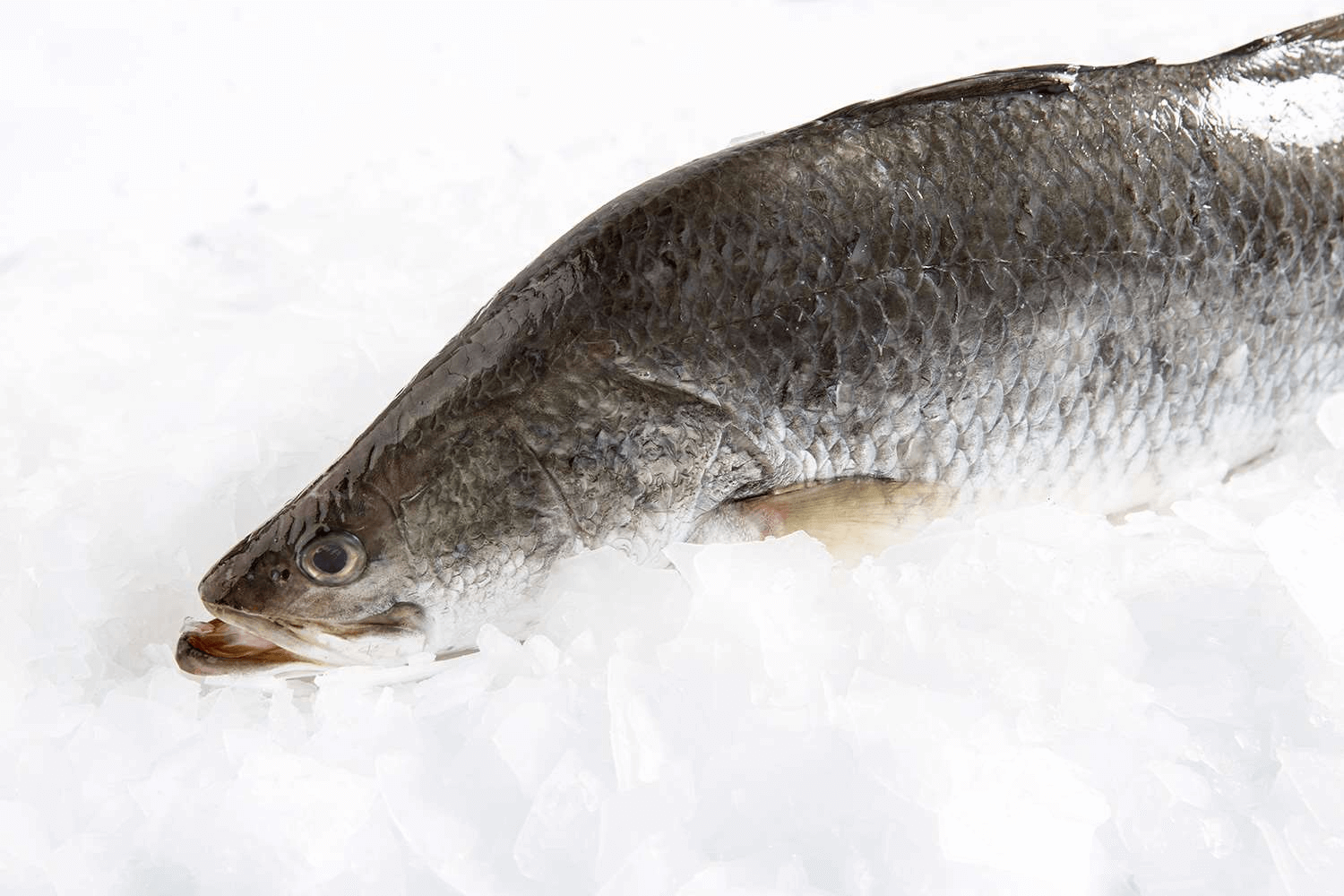
Imagine all the delectable whole fish dishes you can do with this large barramundi.
The barramundi have an interesting life cycle that takes them on a journey through both freshwater and saltwater environments. They spawn in saltwater near the coast, with the fertilised eggs drifting into rivers and estuaries. Here, the eggs hatch and the tiny barramundi spend their early lives in the shallow, protected waters.
As they grow, they gradually migrate back towards the ocean, where they mature and complete the cycle. This unique ability to thrive in both freshwater and saltwater environments makes barramundi a truly hardy species.
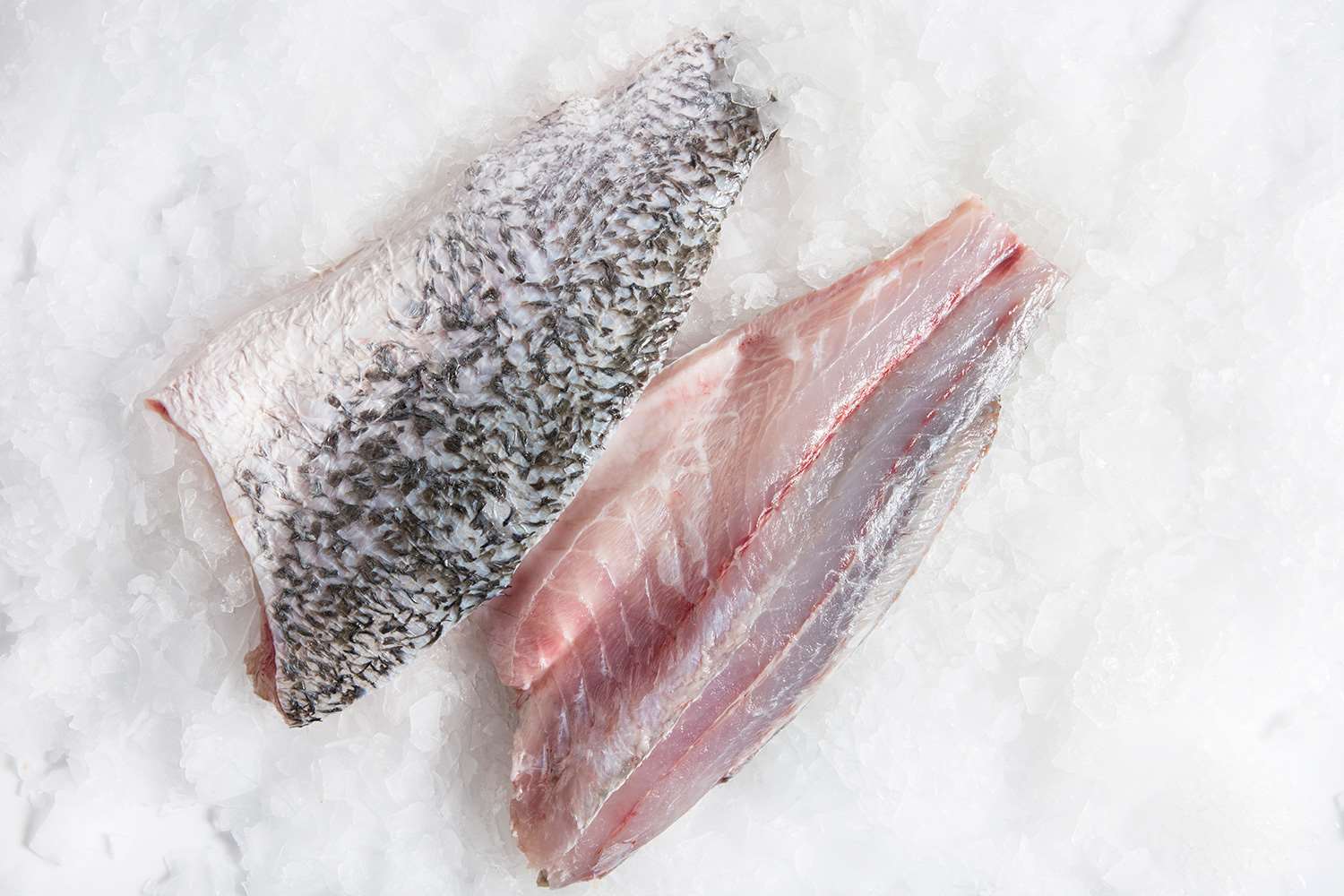
Keep reading for the best ways to cook these barramundi sides.
Barramundis’ preferred habitats include rivers, estuaries, and mangrove forests, where they find shelter and an abundance of food. These ecosystems play a vital role in their life cycle, and their health is crucial for maintaining healthy barramundi populations.
Home for the barramundi stretches across the vast Indo-Pacific region. It’s native to the waters of Southeast Asia, Northern Australia and Papua New Guinea. Their ability to adapt to different salinity levels has allowed them to thrive in a variety of habitats within this range.
Interestingly, barramundi introductions have also been successful in other parts of the world, with populations now established in places like Hawaii and Florida.
Healthy rivers, estuaries and mangrove forests are the cornerstones of a thriving barramundi population. These ecosystems provide crucial breeding grounds, nurseries for juvenile fish and a rich source of food.
Unfortunately, these vital habitats face increasing threats from pollution and destruction. The loss of mangroves and the degradation of water quality can have a devastating impact on barramundi populations. Thankfully, there are growing efforts towards sustainable practices and habitat restoration to ensure the future of this fascinating fish.
Barramundi has long been a sought-after catch for both commercial and recreational fisheries in their native range. Traditional fishing methods often employ gill nets and line fishing, with skilled anglers enjoying the challenge of landing a trophy barramundi.
The importance of wild barramundi fisheries is significant in many regions, supporting livelihoods and contributing to local economies. However, the popularity of barramundi has also led to concerns about overfishing. Implementing sustainable fishing practices, such as quotas and size limits, is crucial for ensuring healthy barramundi populations for future generations.
Choosing wild-caught barramundi that comes from fisheries with responsible practices allows you to enjoy this delicious fish while supporting its long-term sustainability.
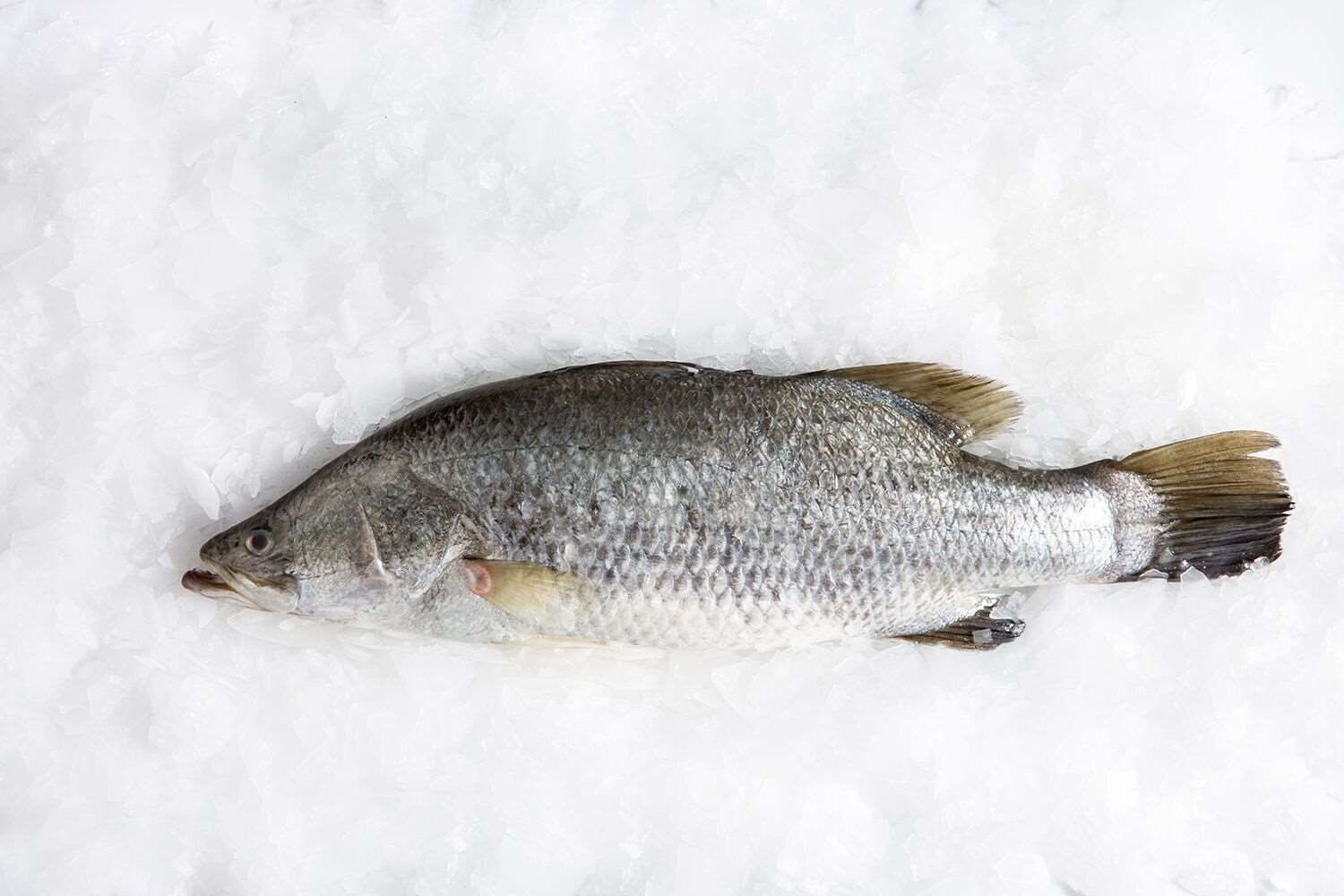
Support sustainable fishing causes by purchasing from sources like Manettas, which guarantee the freshest catch—just like this medium barramundi.
The rise of barramundi aquaculture has addressed some of the concerns surrounding wild-caught fish. Fish farms provide a controlled environment where barramundi can be raised from fingerlings to market size. This allows for a consistent supply of barramundi throughout the year, unlike wild-caught fish, which can be seasonal.
Barramundi aquaculture also offers several environmental benefits. Fish farms can operate with minimal impact on wild populations and can even help reduce pressure on overfished wild stocks. Also, some aquaculture practices utilise recycled water systems and sustainable feed sources, minimising their environmental footprint.
However, it’s important to choose barramundi raised responsibly. Look for certifications that indicate the fish were raised in clean water and fed healthy diets that minimise the use of fish meal.
By making informed choices about where your barramundi comes from, you can ensure you’re getting a delicious and healthy fish while supporting sustainable practices that benefit the environment and local communities.
Farmed barramundi vs. wild-caught barramundiFarmed barramundi rely on fish meal made from other species of farmed fish. Conversely, wild barramundi thrive freely in the ocean and eat a natural diet. This can lead to possible flavour differences. Both can be sustainable choices depending on the farm’s practices. |
As a seafood, the barramundi taste is characterised by a mild and buttery excellence. It’s also slightly sweet, perfect for people who dislike that strong fishy taste. One of the things that endear chefs and home cooks about this fish is its incredible versatility. This fish easily shines in a variety of cuisines and cooking methods.
This quick and easy method is perfect for a weeknight dinner. Season your barramundi fillets (fresh or flash-frozen, thawed) with salt, pepper, and your favourite spices. Heat good-quality oil in a pan over medium heat.
Once hot, carefully add and cook barramundi fillets for 3-4 minutes per side or until golden brown and flaky. For a touch of extra flavour, try adding a squeeze of lemon juice or a pat of herb butter to your pan during the last minute of cooking.
Baking is another fantastic option for cooking barramundi. Preheat your oven to 200°C (400°F). Season your barramundi fillets and place them on a baking sheet lined with parchment paper.
For added moisture and flavour, you can drizzle the fillets with olive oil, top them with sliced lemon or fresh herbs, or create a simple sauce to pour over them. Bake for 15-20 minutes, or until the fish is cooked through and flakes easily with a fork.
Grilled barramundi is a summertime favourite. Marinate your fillets in your favourite marinade for at least 30 minutes (store-bought options or simple homemade concoctions with soy sauce, ginger, and garlic work well).
Preheat your grill to medium-high heat. Once hot, carefully place your marinated fillets on the grill and cook for 3-4 minutes per side or until cooked through and slightly charred. Grilled barramundi pairs beautifully with fresh summer salads or grilled vegetables.
These are just a few ideas to get you started. The beauty of barramundi is its versatility. Feel free to experiment with different flavour profiles and cooking methods. For inspiration, explore recipes online or in cookbooks featuring other white-fleshed fish like sea bass or cod. Many popular recipes for these fish can be easily adapted for barramundi.
Bonus tip: Since barramundi is a lean protein, it can sometimes dry out if overcooked. To ensure perfectly moist and flavourful results, monitor your cooking time and avoid overcooking the fish. A good rule of thumb is to cook until the internal temperature reaches 62-63°C.
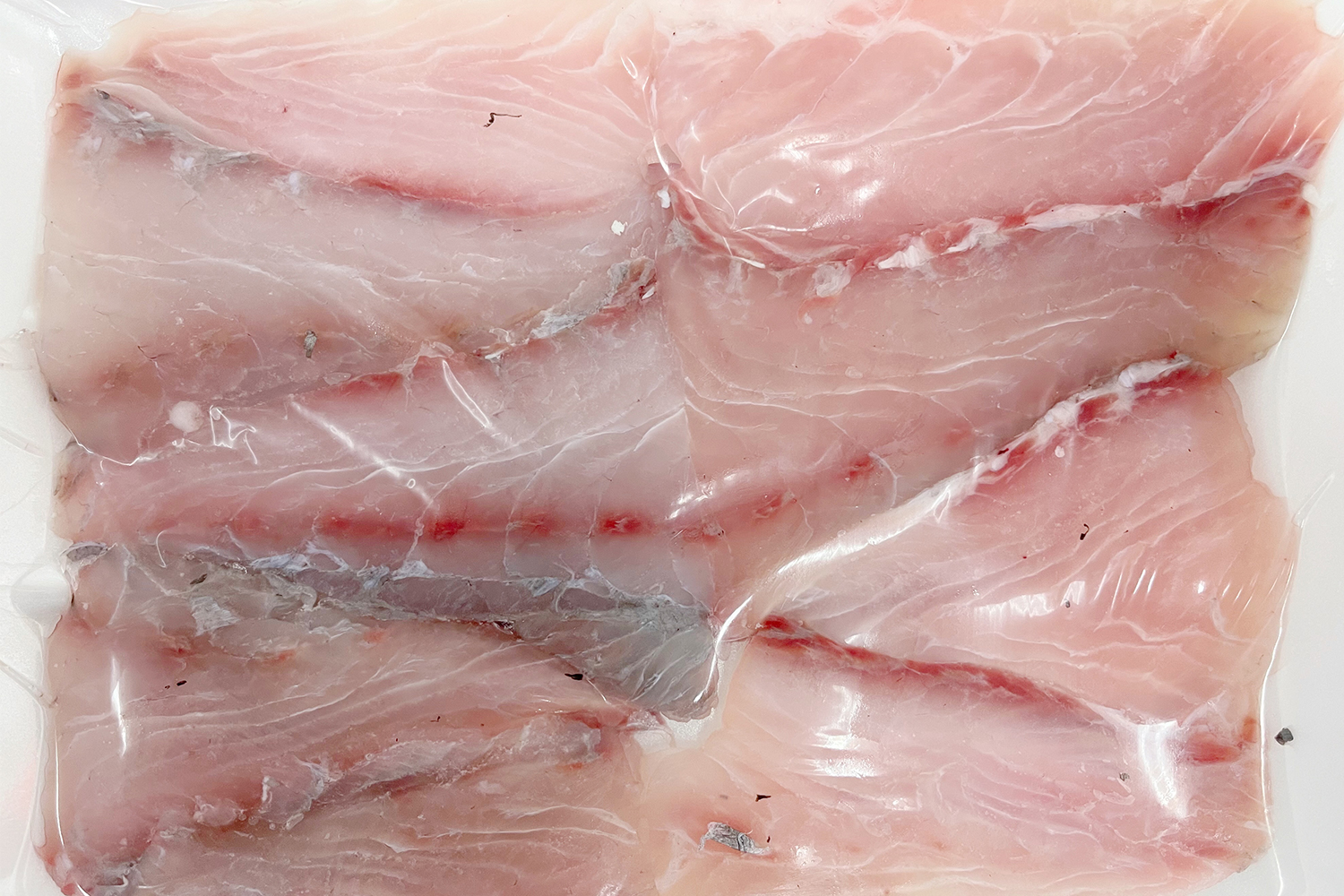
These skinless, boneless barramundi tails are perfect for grilling and frying.
With its impressive size and unique life cycle, barramundi is a remarkable fish, whether pan-fried, baked or grilled.
Much like choosing between wild salmon and farmed salmon, it’s important to purchase sustainably sourced barramundi. Choose responsible online seafood marketplaces like Manettas when buying top-quality fresh fish or frozen fish. Order today!